Country Mexico Elevation 2,667 m Population 489,333 (2010) | State Mexico State Founded May 19, 1522 | |
Colleges and Universities Universidad del Valle de Mexico, Universidad Autonoma del Estado de Mexico | ||
Toluca , officially called Toluca de Lerdo , is the state capital of Mexico State as well as the seat of the Municipality of Toluca. It is the center of a rapidly growing urban area, now the fifth largest in Mexico. It is located 63 kilometres (39 mi) west-southwest of Mexico City and only about 40 minutes by car to the western edge of the Distrito Federal. According to the 2010 census, the city of Toluca has a population of 819,561. The city is the fifth largest in Mexico in population. The municipality of Toluca, along with thirteen other municipalities, make up the metropolitan population of 1,775,337 in Greater Toluca as of 2009, making it the fifth most populous metropolitan area in Mexico.
Contents
- Map of Toluca
- Best western hotel toluca toluca mexico
- Name
- History
- Geography
- Economy
- Main sights
- Culture
- Museums
- Food and drink
- References
Map of Toluca
Best western hotel toluca toluca mexico
Name
When Toluca was founded by the Matlatzincas, its original name was Nepintahihui (land of corn, tierra del maiz). The current name is based on the Nahuatl name for the area when it was renamed by the Aztecs in 1473. The name has its origin in the word tollocan that comes from the name of the god, Tolo, plus the locative suffix, can, to denote "place of Tolo". It is also referred to in a number of Aztec codices as Tolutepetl, meaning hill of the god, Tolo, an allusion to the nearby volcano. The name Toluca de Lerdo was adopted in 1861 in honor of President Sebastian Lerdo de Tejada.
History
The Valley of Toluca was known as Matlatzinco valley in ancient times and home to at least four linguistic groups: the Matlatzinca, Otomi, Mazahua, and Nahua peoples. In the Postclassic period, the valley was ruled by a large powerful capital city whose ruins are located today in the village of Calixtlahuaca, just north of the city of Toluca. In 1478 the Mexica emperor Axayacatl conquered the Toluca Valley. The capital was stripped of its dynasty and power and some lands were distributed to kings and nobles from the Valley of Mexico.
One of the rivals of Calixtlahuaca was Tollocan, a minor city-state before 1478. When Axayacatl destroyed Calixtlahuaca, he placed the imperial provincial capital in Tollocan. Calixtlahuaca and other towns in the Toluca Valley paid tribute to the Aztec Empire through Tollocan. After the Spanish conquest, the name Tollocan was changed to Toluca. Archaeologists have not yet located a major Postclassic settlement within the modern city. Either the pre-Hispanic city of Tollocan was destroyed and covered over by the expansion of Toluca, or else the remains of Tollocan could lie outside of the modern city. A small Postclassic site was discovered on the hill called Tolochi, which is in the north of the modern city, but the remains seem too insubstantial to have been a major provincial capital. The tree of "Las Manitas Rojas", which literally means "little red hands", was planted before the Spanish Conquest in what is now the monastery of Nuestra Senora del Carmen. This tree is significant because it shows that Toluca was important enough for the Aztecs to create a botanical garden.
Geography
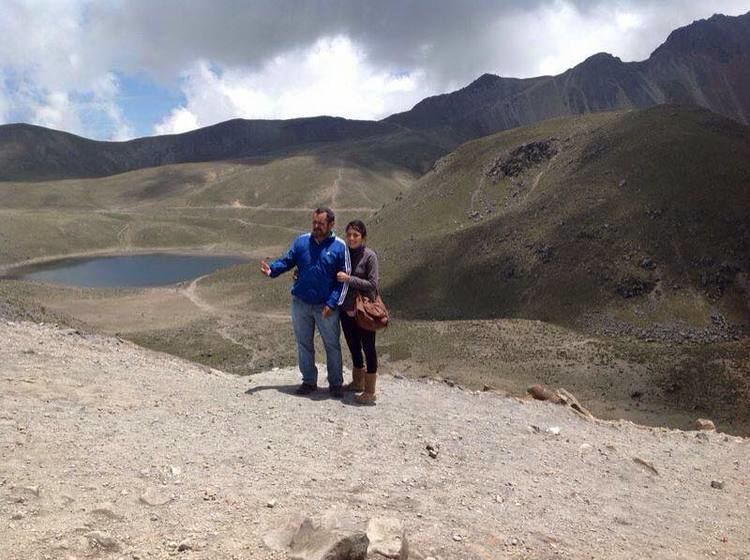
The municipality of Toluca, which has a geographical extent of 420.14 km2 (162.2 sq mi), includes numerous communities other than Toluca de Lerdo, the largest of which are the municipalities of San Pablo Autopan and San Jose Guadalupe Otzacatipan. The municipality is bordered by the municipalities of Almoloya de Juarez, Temoaya, Otzolotepec, Xonacatlan, Lerma, San Mateo Atenco, Metepec, Calimaya, Tenango del Valle, Villa Guerrero and Zinacantepec.
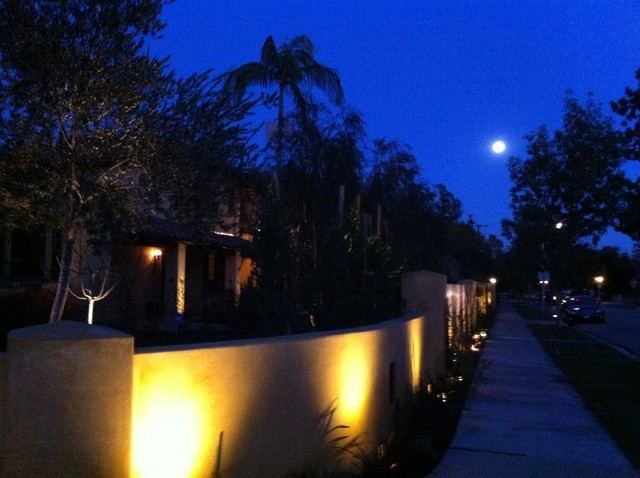
The Lerma River flows from Lake Almoloya del Rio through the center of the municipality towards the west, flowing into Lake Chapala. From this point westward the river takes the name of Rio Grande de Santiago. And it goes from this lake to the Pacific Ocean in the state of Nayarit. The river is about1,180 km (730 mi) long; about 60% of it is known as Lerma River and 40% as Santiago River. The Nevado de Toluca or Xinantecatl is 30 km (19 mi) southwest of the city. The god Tolo was supposed to reside in the volcanos crater. Its original indigenous name wasChignahualtecatl which means “Nine Mountains” but later was named Xinantecatl which means “naked man”, because the silhouette of its crater resembles a sleeping man, before the Spaniards named it Nevado, meaning "snow-covered". It is a place of increasing sporting activity, such as mountain biking, climbing, and high altitude running. It is the only volcano in Mexico that has two lagoons and can be reached by automobile. There have been proposals to turn this mountain into a ski hill because of its accessibility and the low temperatures that exist on the mountain throughout the year, but recent reports on global warming have raised fears that the snow cap on the mountain will disappear completely within a few decades. The area was converted into the Nevado de Toluca National Park in January 1936 with about1,517 km2 (585.7 sq mi) in area. The park has forest land, especially of pines and obeto trees. The prevalent animals are camp rats, teporingos, squirrels, tlacuaches, lizards, snakes, and eagles. On the lower part of this mountain there are picnic tables and BBQ grills. In the higher part of the volcano (inside) there are two lagoons in which visitors can practice scuba-diving and fishing. This volcano is unique in Mexico in that one can enter the crater by car.
Sierra Morelos Park is about 3 kilometres (1.9 mi) away from the center of Toluca. This is a reforested area with a small artificial lake, a picnic area and playground.
Economy
In colonial times, Toluca first gained economic importance as a producer of smoked and cured meats, especially chorizo sausage. The nearby town of Lerma still carries on this tradition. However, since that time, Tolucas economy has expanded far beyond sausage to become one of the most industrialized areas in Mexico. Its geographic position in the center of the country and proximity to Mexico City as well as its well-developed infrastructure, have allowed Toluca to grow into a major industrial zone for the state. Toluca began consolidating in the 1940s, but the most intense industrialization began in the 1950s and continued through most of the 1980s. The growth and industrialization of Toluca is closely tied to the growth and changes in economic activities that have occurred in the Mexico City metropolitan area. Most industrial enterprises are on the small and micro-level but the city has attracted a large number of international corporations. Major products produced include food processing, metals and machinery, paper products, printed matter as well as auto production. The industrial base of the Toluca metropolitan area employs over 33% of the municipalitys population and 6% of the entire states population.
Main sights
The center of the town is the Zocalo, also known as Plaza de los Martires ("Plaza of the Martyrs"), which includes buildings such as the Palace of the State Government and the Justice Palace (Palacio de Justicia). The square is named after events that took place after the Battle of Tenango Hill during the Mexican War of Independence. Insurgent commander Jose Maria Oviedo was faced with the royalist army of Rosendo Porlier, who succeeded in driving the rebels northward to Toluca. Viceroy Venegas ordered reinforcments for Porliers army and dispersed the insurgents, causing them to lose artillery and supplies. In addition, the royalist forces took over a hundred prisoners and executed them in the main square. The bodies of the prisoners were buried in a mass grave behind what is now the Municipal Palace. A temple was built over the spot after the end of the Revolution. A monument to Father Miguel Hidalgo, the "father" of the Mexican Revolution is in the center of the square. It was created in Florence by Rivalta in 1899. The pedestal has reliefs depicting the storming of the Alhondiga de Granaditas and the Battle of Monte de las Cruces.
The central plaza is surrounded by state and municipal government buildings. The state government palace and the Chamber of Deputies are recent constructions, but the buildings housing the state court and the municipal palace date from the 19th century. The state court building originally was the home of the state government and was designed by Ramon Rodriguez Arangoiti, who also designed the imperial wing of the Chapultepec Castle. The municipal palace was completed in 1873 on land that once belonged to a Franciscan monastery. The Chamber of Deputies building contains murals done by Leopoldo Flores, which together are known as Construction: Images and Flight depicting man constructing buildings and himself at the same time. The municipal palace and the Chamber of Deputies are decorated with Neoclassic facades, but the other government buildings, built in the 1960s are faced with tezontle in the style of the 18th-century palaces in Mexico City.
The Temple of La Merced is one of the most ancient convents still preserved and one of the most important founded by Spaniards. It is a beautiful building of a religious order called mercenarios, and it shows architectural styles from the 18th, 19th, and 20th centuries. Its principal facade has 3 naves and was constructed ithe 18th century on the remains of the old Temple of San Francisco. The interior of the temple exhibits neoclassical style with gold-leaf. It features oil paintings from the aforementioned times, such as the "Birth of San Pedro Nolasco", founder of the Mercenarios order. The temple became a hospice for orphans and beggars. Baroque construction style can be seen in the pilasters, niches and the orders shield. Inside, you can see paintings of Felipe Gutierrez, a Mexican painter who graduated from the San Carlos Academy. It is located in downtown Toluca on Jose Ma. Morelos street.
Los Portales represent the social and commercial life of the city. They are a composed of three sets of arches or portals that extend on the 3 sides of the city block that extends behind the main cathedral. Behind the sets of arches there is walking space that takes you around the stores that are contained within. The western arches follow the perimeter of what was the La Asuncion Franciscan monastery. The eastern and southern arches were completed in 1836 by Jose Maria Gonzalez Arratia. The original western arches were built by the Buenaventura Merlin. Each side consists of basket-handle arches, each with a balcony. Each side has its own name. The eastern one, with 37 arches, is called "20 de Noviembre" or "Constitucion"; the southern one, with 44 arches, is called "Madero" and the western one, with 35 arches, is called "Reforma". There are four additional arches at the entrance to Avenida Independencia. Near Los Portales are some of the citys oldest businesses, some of which date from the 19th century such as the pharmacy on Calle Santos Degollado, a brass and iron workshop on Avenida Lerdo and a leather workshop on Avenida Juarez.
The Plaza de Fray Andres de Castro is located next to Los Portales and connected to the older arches by means of a passageway with a transparent roof. It is a semi-enclosed space which was once the sacristy of the La Asuncion Franciscan Monastery. The sacristy was built by Felipe de Urena and Jose Rivera and is essentially a reproduction of the Santa Maria del Puerto hermitage in Madrid and is one of the few remaining buildings of the old monastery. The square in front was recently remodeled but still contains traditional stores selling garapina, traditional candies, tacos and other regional foods. The Municipal Historic Archive is located above the passageway leading to Los Portales.
The Cathedral of Toluca was begun in 1867 by Jose Francisco de Paula on land originally belonging to the Asuncion de Toluca Franciscan monastery. The building was originally designed by Agustin Carrillo. However, in 1870, Ramon Rodriguez Arangoiti redesigned the cathedral, based on his experience with old Roman basilicas although the present-day building still contains a number of the elements of the original design such as the aisle that runs parallel to the facade serving as a narthex, allowing access to the central and two side naves. The straight central nave is lighted by round arched windows. The outside facade consists of two parts. The first has seven columned areas, as well as niches with the images of Saint John, Saint Thomas, Saint Peter and Saint James. The second part rises above the main doors with three columned areas containing balconies, stained-glass windows and balustrades, terminating in a rectilinear pendiment with an image of the Ascension of the Lord. In this, the cathedral shares design elements with the Cathedral of Mexico City. Above this, there is a clock with sculptures depicting the Fathers of the Greek Orthodox Church, Saint John Chrisotomus, Saint Basil the Great, Saint Athanasius and Saint Gregory of Nyssa. The cathedral is topped by a dome with a bronze statue of Saint Joseph, who is the patron saint of the city, holding the infant Jesus. Overall the cathedral is a mix of styles, represents the various stages in which is was built and remodeled.
The Tercer Orden Temple is located to the side of the main cathedral. Its facade is integrated into the main cathedrals in the popular indigenous Baroque architecture of the 18th century. It was the seat of the bishopric until 1978, when it was moved to the main cathedral. The temple contains a number of paintings, including The Three Orders and The Family Tree of Saint Francis.
The Cosmovitral is located in a stone and ironwork building in the center of Toluca, designed in 1910 by engineer Manuel Arratia in order to accommodate the "16 de Septiembre" market. It was constructed in Art Nouveau and Neoclassical style, with an area of 5,000 square meters. It is now a botanical garden with more than 400 species of plants from all over the world. It also features a series of stained glass windows that are considered the largest in the world. These windows were created and designed by a Mexican artist named Leopoldo Flores. Cosmovitral was inaugurated in 1980 and completed in 1990. The stained glass ceiling represents the Milky Way and joins the "Hombre Sol" (Sun Man) with the Galaxy of Andromeda. It is a monumental piece measuring 3,200 square meters with more than 30 thousand pieces and half a million glass pieces of 28 different colors coming from many different parts of the world such as Italy, Germany, France, Belgium, Japan, Canada and the United States. It has a series of scenes that symbolize mans search of the light, the good and the wisdom to elevate his spirit to liberate him from the shadows of evil and the ignorance in an epic tale without beginning or end. At the spring equinox, the solar disc crosses the heart of "El hombre Sol" (the sun man), causing an explosion of light.
The Santa Veracruz Temple is the home of a famous image of "Our Lord of the Holy Cross" also known as a "Black Christ". This image was originally housed in the San Francisco Temple, but the increasing number of worshippers dictated the building of its own sanctuary. Construction began in 1753, but because of friction between the Franciscans and worshippers, it was not completed until 1797. Although the original plans included two towers, only one was built, containing two hexagonal bodies, pairs of columns and balconies with semicircular rails. Both bodies are topped with domes, each bearing a cross. The space that was reserved for the second tower instead has an ornate clock.
Culture
Toluca is home to a series of traditional festivities such as the typical solemn "silent procession" that takes place every Holy Friday when the Catholic congregation from Toluca and its surroundings get together in the centre of the city to express their respect and devotion for Jesus Christs sacrifice. Easter and Lent are celebrated in a similar way.
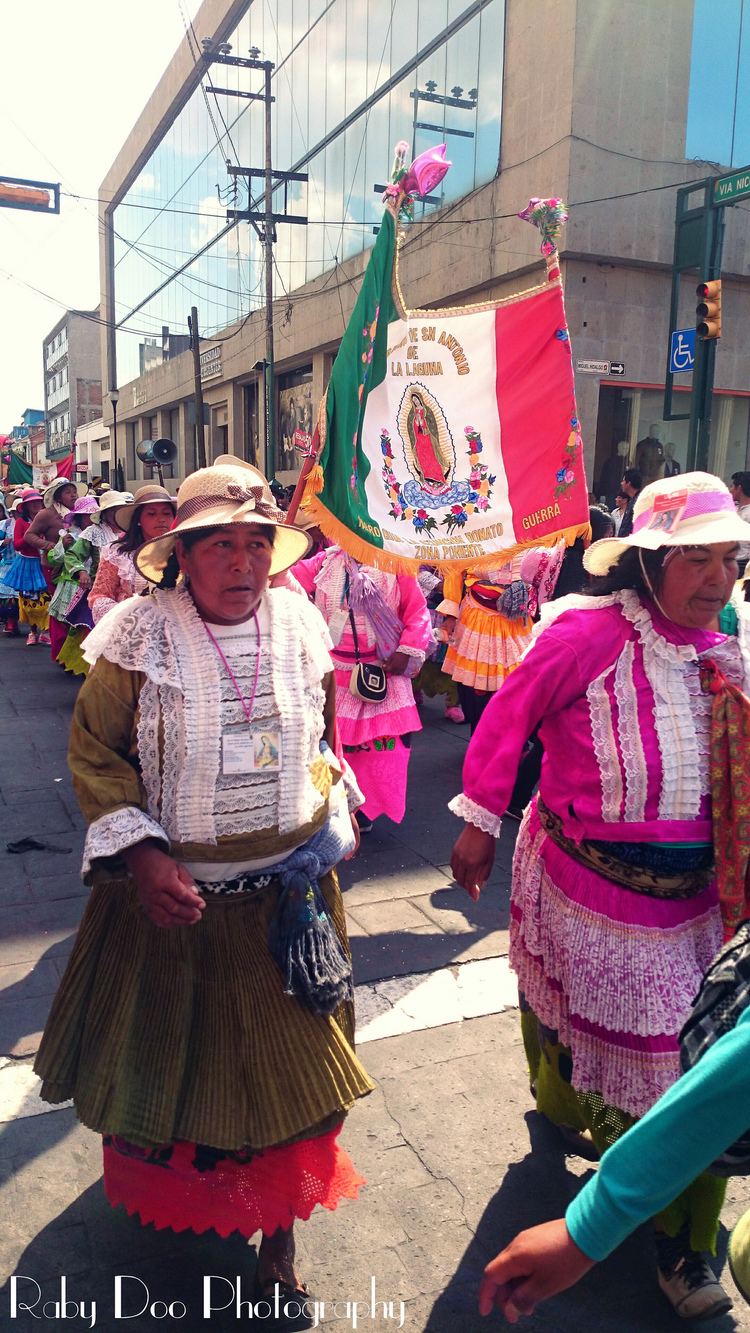
Currently there are two official orchestras: a State one and a Municipal one. The one from the State is the Orquesta Sinfonica del Estado de Mexico. Higher education institutions have marching bands, and in some towns there are wind bands.
The dancing institutions include the Instituto Mexiquense de Cultura and the homeless-destined IMSS and DIF. There are also schools of dance such as the Escuela de Bellas Artes and the UAEM.
There is also a youth marching band of Toluca called "Eagles of Anahuac". This band was formed about 35 years ago and was the first youth marching band in the country.
Museums
Toluca, being the capital of the State of Mexico, is home of several important museums. It is second only to Mexico City in number of museums. Some of them honor important Mexican artists such as Jose Maria Velasco Gomez, Felipe Santiago Gutierrez, and Luis Nishizawa, among others.
These museums are the following:
Food and drink
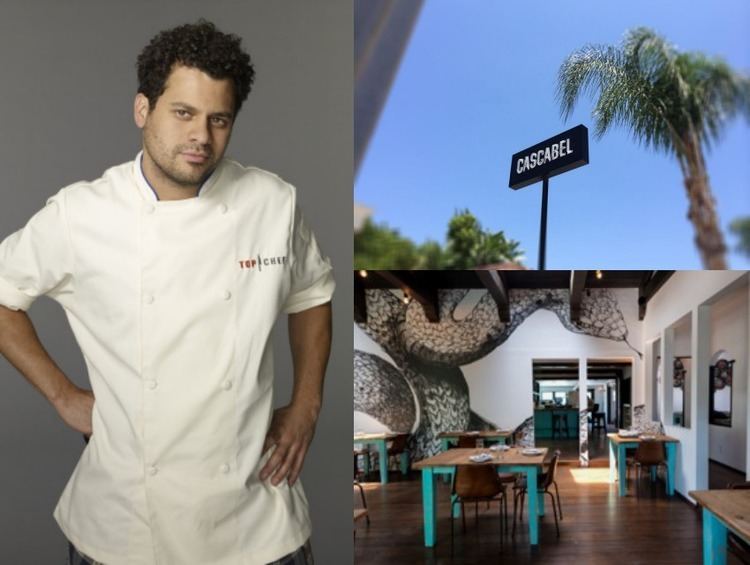
Mexican food mixes European and Mesoamerican elements. In Toluca the most famous dish is chorizo, a regional sausage made of ground pork and tomato sauce, pumpkin mole, pipian and other ingredients such as salt, pepper, white wine, almonds, potatoes, vinegar, garlic and chile. In Mexico, the word "chorizo" is used as nickname for anything (anybody) from Toluca. Other popular dishes, which must be mentioned are "tacos de carnitas" (pork tacos) and "tacos de plaza" made of barbacoa, pork, chicharron (fried pork rind), papalo, onion, cilantro, nopales, cueritos, chili sauce, salt and lime. The traditional food includes vegetables from the region such as "quelites", "quintoniles", "huazontles", spinach, "verdolagas", carrots, potatoes, tomatoes and so forth.
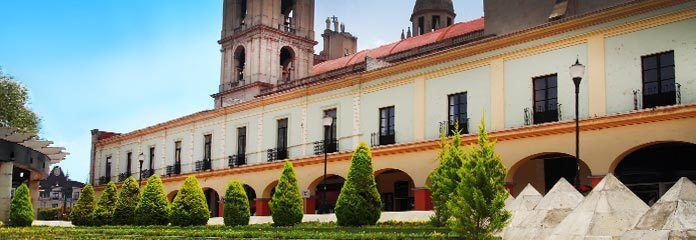
Toluca has a variety of traditional candies such as "alegrias", "jamoncillos" (a candy bar with flavors such as lemon, pineapple, apple or chocolate), "lemons" (lemons decorated with coconut), "chilacayotes" (pumpkin in syrup), "cocadas" (mainly made with coconut), "palanquetas" (a peanut bar covered with melted sugar).
Traditional drinks include "garapina" and "mosquito". "Garapina" is a drink based on fermented pineapple, and "mosquito" is a drink obtained from the infusion of fruit in alcohol. "Mosquito" can be also flavored with sugar, syrup or honey.
